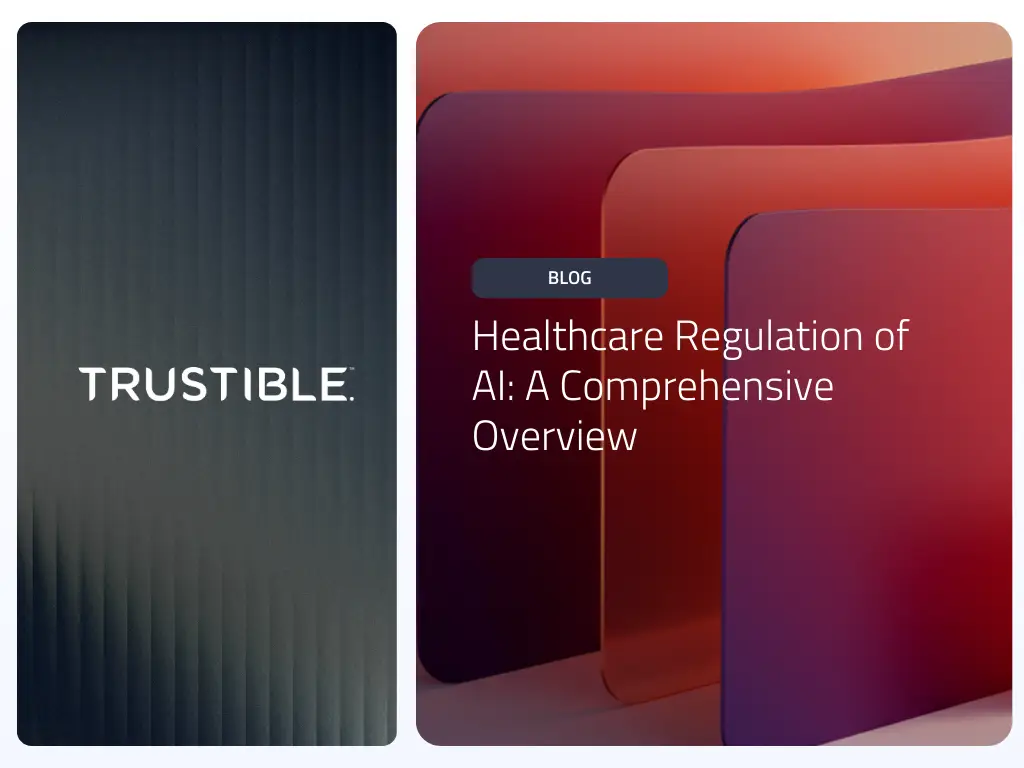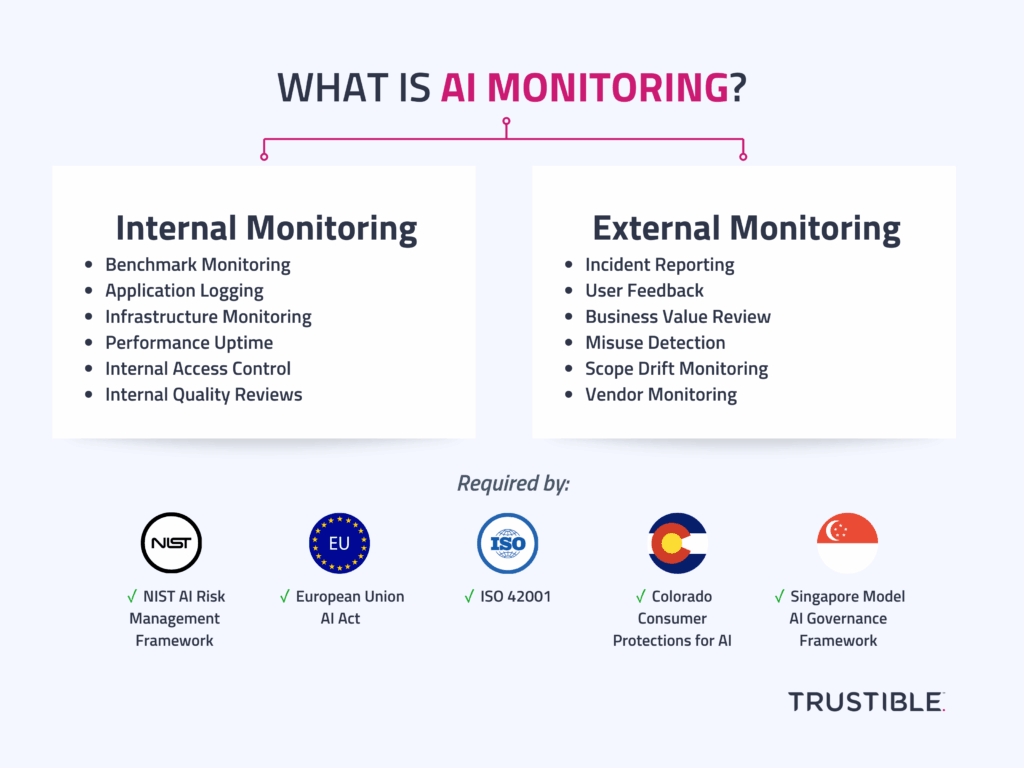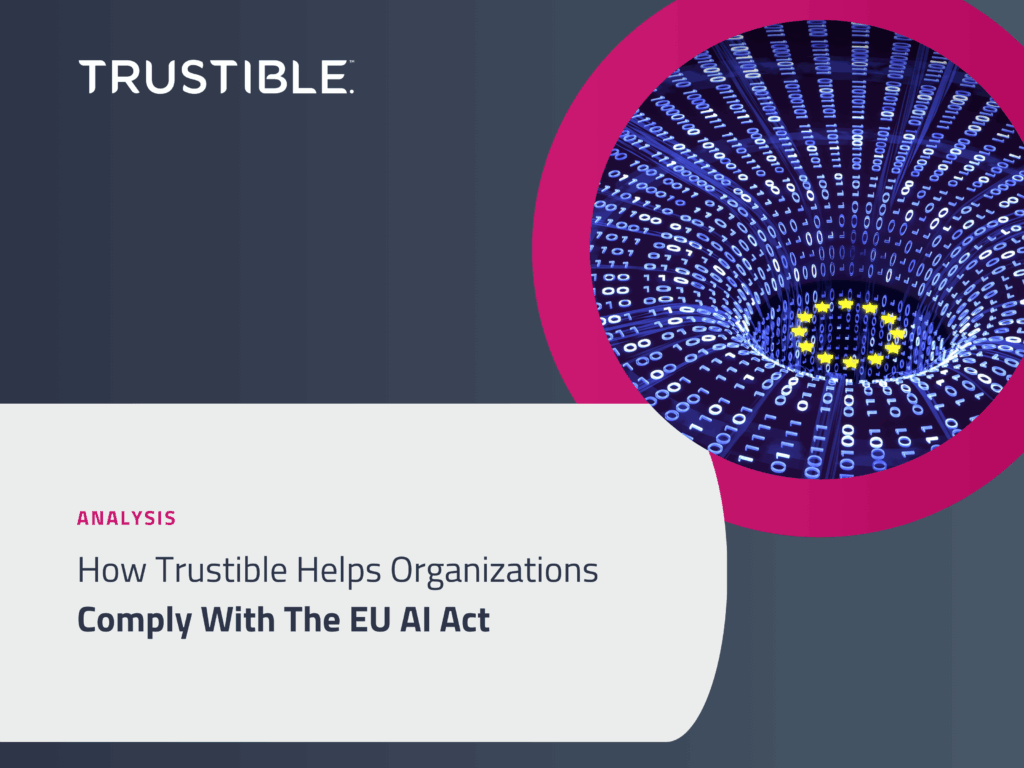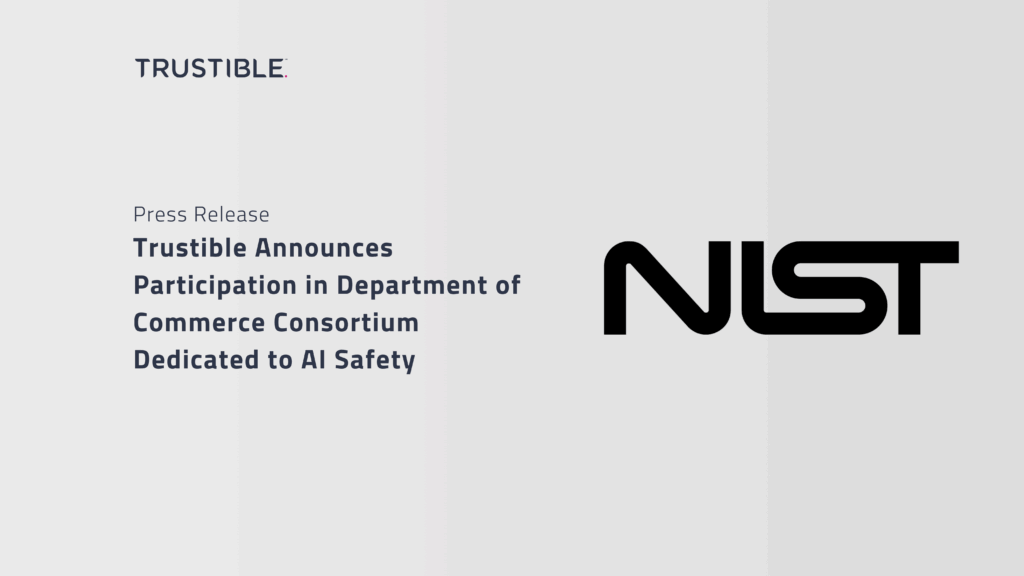AI in healthcare isn’t starting from a regulatory vacuum. It’s starting from an environment that already treats digital tools as safety‑critical: medical device rules, clinical trial regulations, GxP controls, HIPAA and GDPR, and payer oversight all assume that failing systems can directly harm patients or distort evidence. That makes healthcare one of the few sectors where AI is being plugged into dense, pre‑existing regulatory schemas rather than waiting for AI‑specific laws to catch up.
What is AI Monitoring?
When many technical personas hear the term monitoring, they often think of internal monitoring of the AI system.
Analysis – How Trustible Helps Organizations Comply With The EU AI Act
The EU AI Act sets a global precedent in AI regulation, emphasizing human rights in AI development and implementation of AI systems. While the eventual law will directly apply to EU countries, its extraterritorial reach will impact global businesses in profound ways. Global businesses producing AI-related applications or services that either impact EU citizens or supply EU-based companies will be responsible for complying with the EU AI Act. Failure to comply with the Act can result in fines up to 7% of global turnover or €35m for major violations, with lower penalties for SMEs and startups.
Trustible Announces Participation in Department of Commerce Consortium Dedicated to AI Safety
Trustible will be one of the leading AI stakeholders to help advance the development and deployment of safe, trustworthy AI under new U.S. Government safety institute (Washington, DC) – On February 8, 2024, Trustible announced that it joined some of the nation’s leading artificial intelligence (AI) stakeholders to participate in a Department of Commerce initiative to […]
Everything you need to know about the NIST AI Risk Management Framework
What is the NIST AI RMF? The National Institute of Standards and Technology (NIST) Artificial Intelligence Risk Management Framework is a voluntary framework released in 2023 that helps organizations identify and manage the risks associated with development and deployment of Artificial Intelligence. It is similar in its intent and structure to the NIST Cybersecurity Framework […]




